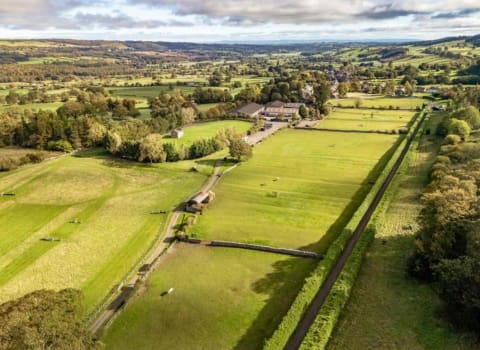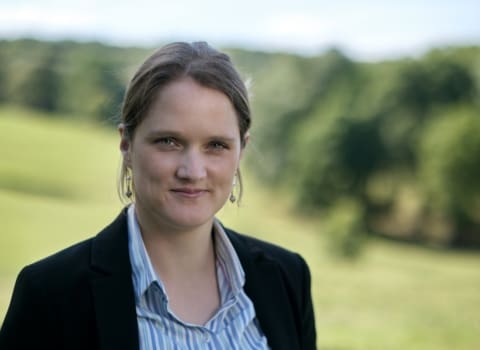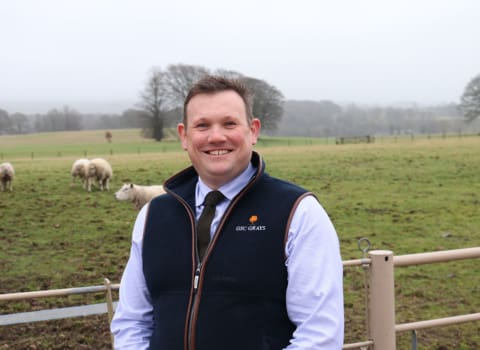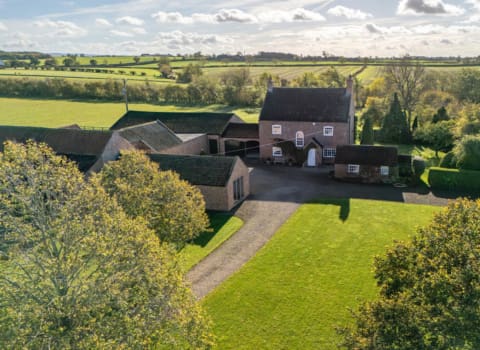Contact our offices
Main office
COLBURN
5 & 6 BAILEY COURT
COLBURN BUSINESS PARK
RICHMOND
NORTH YORKSHIRE
DL9 4QL
Estate Agency Offices are located in
BARNARD CASTLE, BOROUGHBRIDGE & RICHMOND
Residential Management Team
Our Offices
- Alnwick
01665 568310
Email Officealnwick@gscgrays.co.uk - Barnard Castle
01833 637000
Email Officebarnardcastle@gscgrays.co.uk - Boroughbridge
01423 590500
Email Officeboroughbridge@gscgrays.co.uk - Chester-Le-Street
0191 3039540
Email Officechester-le-street@gscgrays.co.uk - Colburn
01748 897630
Email Officecolburn@gscgrays.co.uk - Driffield
01377 337180
Email Officedriffield@gscgrays.co.uk - Hamsterley
01388 487000
Email Officehamsterley@gscgrays.co.uk - Hexham
01434 611565
Email Officehexham@gscgrays.co.uk - Kirkby Lonsdale
01524 880320
Email Officekirkbylonsdale@gscgrays.co.uk - Penrith
01768 597005
Email Officepenrith@gscgrays.co.uk
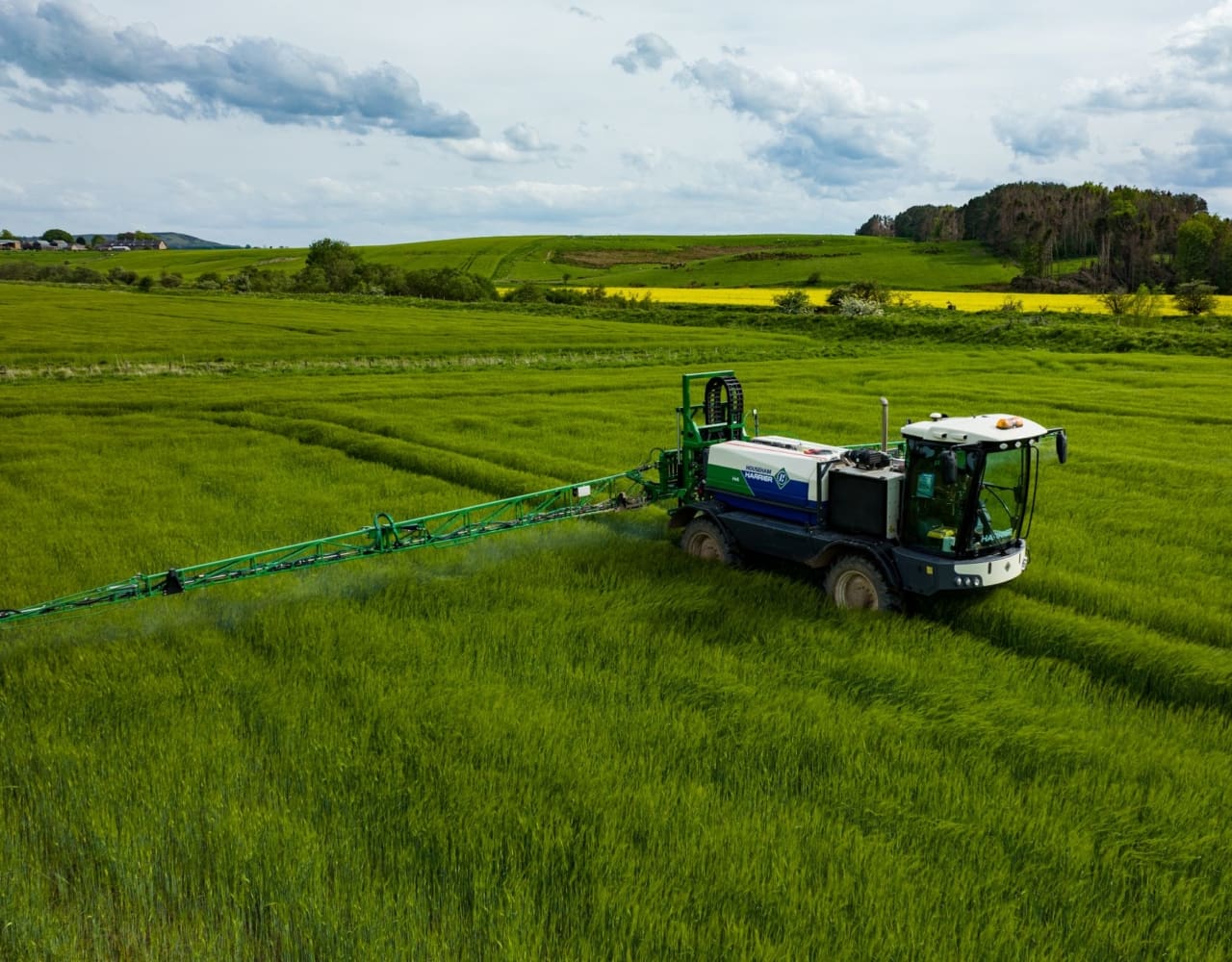
FARM BUDGET DATA COLLECTION IS KEY TO CONTROLLING RISK
Farming is currently under pressure from many different directions and in the North East, we endured the worst harvest I can remember in my 35 year career.
When you add in the lower grain prices, reduction in BPS payments, high interest rates and the uncertainty about the future direction of the various environmental schemes, many farmers feel like they are no longer in control of their businesses.
As an industry we have always had to deal with factors outside our control – the weather, input prices and sale prices to name a few – and all too often I hear “there is nothing I can do about this.” That thought process needs to change as there are areas where farmers can take back control, reduce their risk, and increase their resilience going forward.
IMPROVING DECISION MAKING ON FARM
First and foremost, the production of a farm budget is an essential tool for business planning in both the short- and long-term. A budget is a forecast as to how the business will perform if you achieve the targets you set for yourself. If the budget indicates you are likely to generate sufficient profit, and (more importantly) cash, to meet your obligations, then you immediately have a structure to work around. It should be a live document that is regularly reviewed and adapted depending on what changes occur over the year.
Secondly, gathering data that is appropriate for your business is key to supporting decision making. However, as most farmers are time poor, gathering data needs to be a simple process and provide information in a form which allows you to utilise it easily.
Bringing both the above aspects together enables businesses to make better decisions when looking at ways to:
- Increase the income generated from the business, whilst maintaining or reducing the existing cost structure.
- Reduce the costs incurred in running the business whilst maintaining or increasing the existing income.
- Generate additional income from new enterprises developed by the business (most likely some form of diversification).
I will always look to points 1 and 2 as the solution to improving farm resilience and profitability before looking at diversification opportunities.
IN MY EXPERIENCE, MOST FARMERS ARE IN FARMING TO FARM – MANY DO NOT HAVE THE EXPERTISE OR ENTHUSIASM TO SUCCESSFULLY DIVERSIFY AWAY FROM THE CORE BUSINESS, LET ALONE THE APPROPRIATE LOCATION.
Using a budget alongside gathering data provides the structure to make better decisions which will reduce risk and ensure a financially viable business continues.
HOW CAN THIS WORK IN PRACTICE?
If you take livestock as an example, measuring growth rates in suckled calves helps determine which bloodlines achieve the best growth rates from pasture. Utilising these bloodlines will hopefully result in cattle being sold sooner at the same value, and/or reducing hard feed costs, both resulting in improved margins.
For an arable business, using yield and input data will allow you to determine whether the land is generating an acceptable margin for each crop grown. If it is not, then you can look at alternatives such as dropping a crop from the rotation or entering it into an environmental scheme as/when they are available.
This is where the budget comes in. Feeding in the data generated for ‘what if scenarios’ (such as those above) will immediately show the effect on the profitability of the business and cash availability and allow improved, evidenced based, decision making.
In recent months, many businesses have looked at using rotational environmental scheme options to reduce the risk within an arable rotation. When these changes are fed into the farm budget it is often found that profitability declines. The gross margins generated are often less than the equivalent crop gross margins. Therefore, to ensure profitability is maintained, there is a need to reduce costs elsewhere in the business – normally labour and machinery costs. A decision needs to then be taken as to whether this is achievable and if not, is going down the scheme route the right option?
DATA IS KEY TO CONTROLLING RISK
One of the main objectives of any business is to generate sufficient profits and cash to meet their obligations. To achieve this a business needs to question if what they are doing is appropriate for the current situation. Gathering data and feeding this into a farm budget will help farmers see the likely impact of any change prior to making it. This will allow better decisions to be made and ensure farmers are controlling the business, not the business controlling them.



